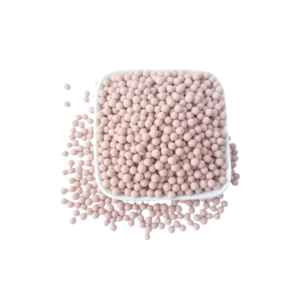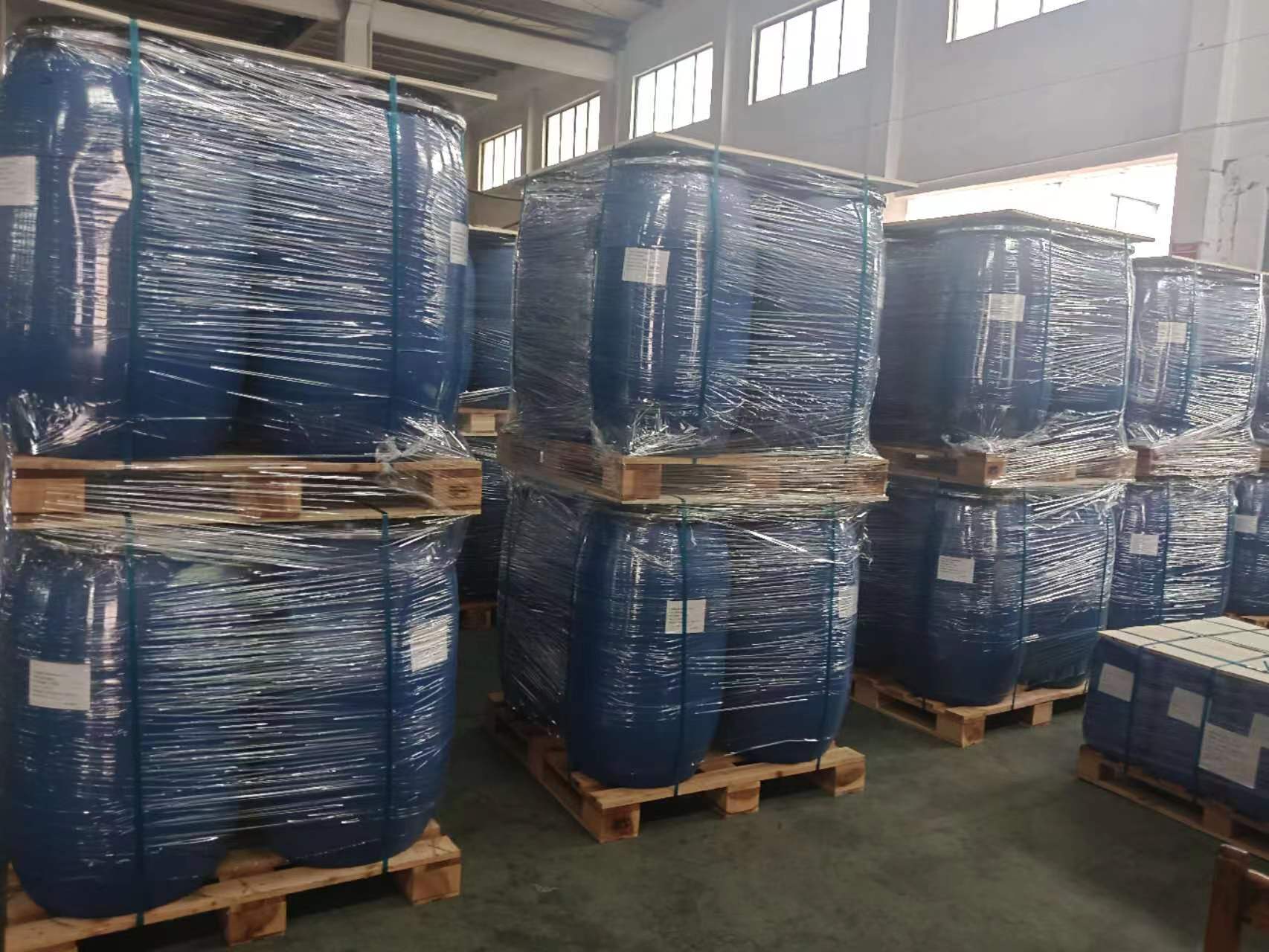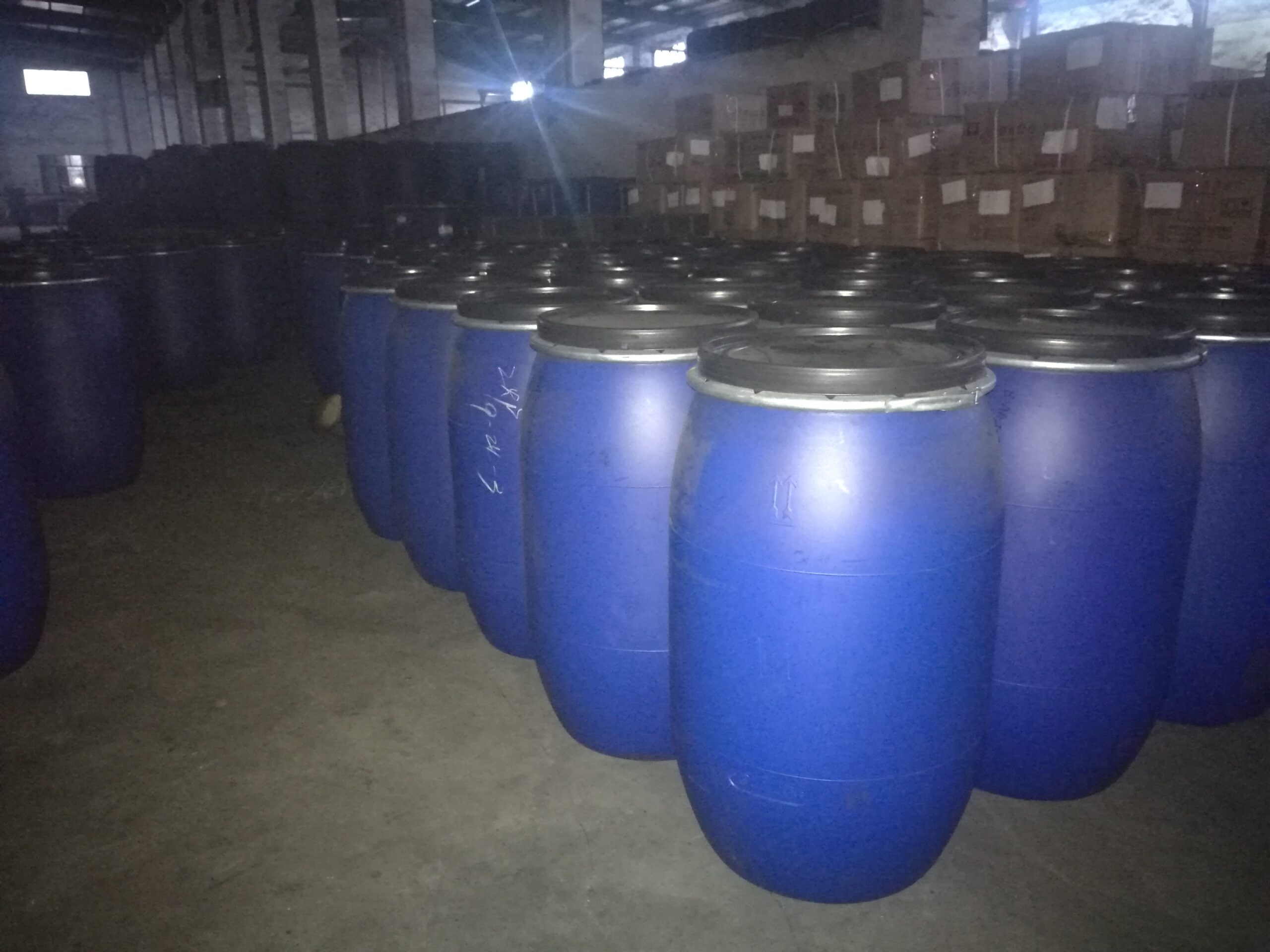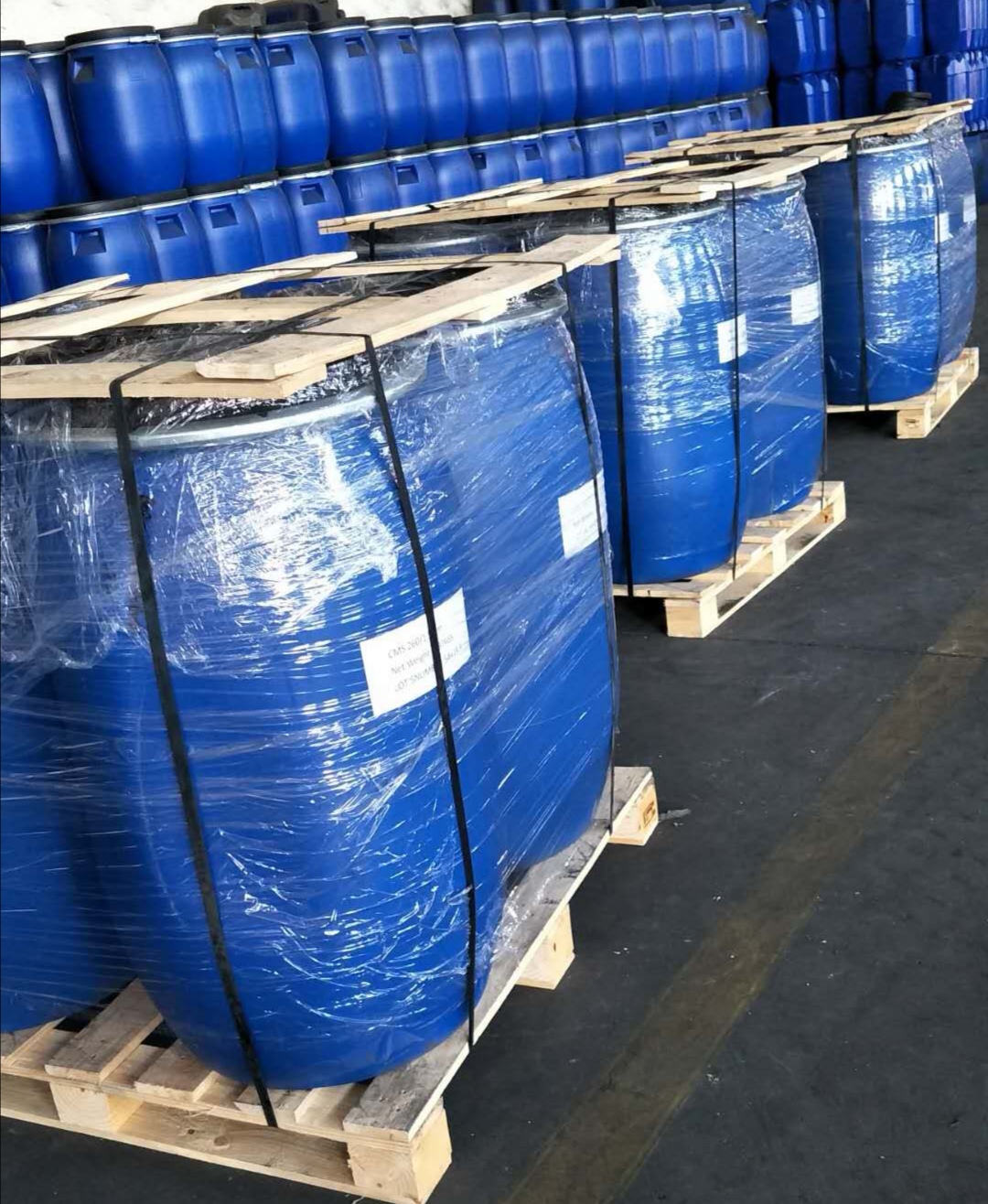Overview of the Molecular Sieve Industry
1. Molecular sieves come in a wide variety of types and are widely used. The technical barriers are high.
Molecular sieves are also known as zeolites or foamed zeolites and have functions such as adsorption, ion exchange, and catalysis. Molecular sieves are a type of inorganic non-metallic porous crystalline material with a large specific surface area, regular pore structure, and controllable functional units. They can effectively separate and select molecules of different diameters, different polarities, different boiling points, and different organic hydrocarbon molecules with varying saturation levels. They have the functions of “separating molecules” and “selective catalysis”. Molecular sieves have excellent adsorption, ion exchange, and catalytic properties and are widely used as adsorption materials, ion exchange materials, and catalytic materials. Among them: Adsorption materials are mainly used in various gas separation, purification, and drying in industrial and environmental fields; ion exchange materials are mainly applied in detergent additives, radioactive waste and waste liquid treatment; catalytic materials are mainly used in large-scale industrial catalytic processes in petroleum refining and processing, petrochemicals, coal chemical industry, and fine chemical industry.
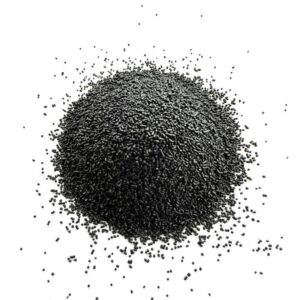
Synthetic molecular sieves can be broadly classified into several types such as A, X, Y, M and ZSM. The chemical formula of molecular sieves is M2/nO·xAl2O3·ySiO2·zH2O, where M represents cations, such as K+, Na+, Ca2+, Ba2+, Ce3+, etc., n represents their valence, x and y are integers, and z is the hydration number. Molecular sieves can be classified according to pore size into microporous molecular sieves (pore diameter below 2 nm), mesoporous molecular sieves (pore diameter between 2 and 50 nm), macroporous molecular sieves (pore diameter above 50 nm), and composite pore structure molecular sieves; according to their sources, they can be divided into natural molecular sieves and synthetic molecular sieves. Among synthetic molecular sieves, according to the composition of the framework elements, they can be classified as silicon-aluminum-based molecular sieves, phosphate salt-based molecular sieves, titanium-silicon-based molecular sieves, and other mixed-atom-based molecular sieves; according to their microscopic framework structure, they can be divided into BEA structure molecular sieves, CHA structure molecular sieves, AEI structure molecular sieves, MFI structure molecular sieves, etc.; according to the different silicon-aluminum ratios in the molecular sieves, they can be classified as A-type (1.5-2.0), X-type (2.1-3.0), Y-type (3.1-6.0), perlite zeolite (M-type, 9-11), and high-silica zeolite (>10, such as ZSM-5), etc.
B. The X and similar types of molecular sieves can be further classified based on factors such as pore size, crystal form and constituent elements, resulting in different performances. Commercial molecular sieves are typically categorized using prefix numbers, for example, A-type molecular sieves can be subdivided into 3A/4A/5A types, with pore diameters of 0.3/0.4/0.5 nm respectively. These sieves can adsorb gas molecules with diameters smaller than the pore size; the larger the pore size, the greater the adsorption capacity. Molecular sieves containing Na+ are denoted as Na-A, while X-type molecular sieves containing Na+ are referred to as Na-X type (also known as 13X type). If the Na+ in Na-A type molecular sieves is replaced by K+, the pore size is approximately 3A, and it is denoted as 3A type molecular sieve; if more than one-third of the Na+ in Na-A type molecular sieves is replaced by Ca2+, the pore size is approximately 5A, and it is denoted as 5A type molecular sieve. Molecular sieves exhibit high adsorption efficiency and also possess catalytic properties. Among these, 3A, 4A, 5A, 13X and other types of molecular sieve products are mainly used for gas separation, drying and purification in industries such as petroleum refining, petrochemicals, coal chemical industry, fertilizer, metallurgy, electronics, etc.; ZSM-type and other molecular sieve products are mainly used as catalysts in the petrochemical and petroleum refining industries.
Molecular sieves are mainly prepared through hydrothermal synthesis. The template agent plays a crucial role in the reaction process. Traditional methods for preparing molecular sieves include hydrothermal synthesis and hydrothermal conversion, among others. Hydrothermal synthesis technology is the basic approach for synthesizing zeolites and is currently the most widely used synthesis method. A mixture solution is prepared by certain proportions of silicon sources, aluminum sources, alkali, water and template agents (or without template agents), and heated in a hot press vessel for a certain period of time. The pressure and temperature are adjusted to precipitate molecular sieve crystals, and then the molecular sieve products are prepared through complex processes. In the molecular sieve synthesis process, the template agent plays a very crucial role, including template function, structure orientation function, serving as a space filler, charge balance agent, acid-base regulator, inhibitor, and avoiding the introduction of inorganic ions, etc. According to the type of template agent, hydrothermal synthesis can be further divided into three categories: (1) using quaternary ammonium salts and organic amines as template agents, which are commonly used industrial template agents; (2) using inorganic amines and alcohols as template agents, which can solve the toxicity problem of organic template agents and have been realized in industrial production in some products (such as ZSM-5); (3) template-free synthesis (mainly referring to zeolites that require organic template agents in the synthesis process, while zeolites such as A, X, and Y types that do not require organic template agents in the synthesis process are not included), that is, without adding organic amines and inorganic amines as structure guiding agents, through spontaneous nucleation or adding pre-prepared seed crystals (seed crystal method), it can avoid the problems of high toxicity and high cost of most template agents, and currently many molecular sieves have not achieved template-free crystal seed method synthesis in the inorganic system.
The high-end products of molecular sieves have high technical barriers and long development cycles, and the entry threshold for downstream industries is high. The entire crystallization process in the molecular sieve preparation involves complex chemical reaction processes, and nucleation and crystal growth mostly occur in heterogeneous systems. Therefore, preparing high-quality molecular sieves has a relatively high technical threshold. Original molecular sieve products from the laboratory stage to industrial application require complex experiments on molecular sieve process ratios, synthesis and exchange industrial conditions, etc. The development cycle is long. Currently, there are 253 known molecular sieve structure types, and only about 20 have been achieved for industrial-scale production. In addition, molecular sieves from basic theory to laboratory research to industrial-scale production and market application all need to withstand the test of time. Since the quality of molecular sieves is of vital importance to the operation safety and production efficiency of downstream facilities, downstream customers generally do not readily change their molecular sieve suppliers. The products of molecular sieve enterprises not only need to have high quality but also need to undergo years of customer trials, small-scale applications, etc. before they can be officially adopted by customers.

2. Domestic enterprises are constantly achieving technological breakthroughs and accelerating the promotion of domestic substitution
Foreign enterprises have long monopolized molecular sieve technology and the market. Domestic enterprises have continuously made breakthroughs. For a long time, international molecular sieve manufacturers have relied on their leading technologies in molecular sieve research, production and application, as well as their financial advantages, through mergers and acquisitions, gradually forming a duopoly in the molecular sieve industry and occupying the main global molecular sieve market. China’s molecular sieve industry started relatively late and has always played the role of a follower. Due to its short development time, there are certain gaps in technology, industry maturity, and market application in China’s molecular sieve industry. In recent years, with the vigorous development of the domestic economy and the growth of market demand in downstream application fields, it has brought greater opportunities for the development of the domestic molecular sieve industry. Domestic molecular sieve enterprises have continuously achieved technological breakthroughs, and the performance of some products has reached international standards. The recognition and usage willingness of downstream customers have significantly improved, and the import substitution process of domestic molecular sieve products has continued to advance.
The demand for molecular sieve adsorbents is the highest, and the added value of molecular sieve catalysts is also higher. Molecular sieve adsorbents account for 65% of the global demand for molecular sieves, followed by molecular sieve catalysts, which account for 19%. Molecular sieve catalysts have a higher added value and greater market value. The global demand for molecular sieves is mainly driven by industries such as oil refining, petrochemicals, natural gas, and coal chemical engineering. According to Verified Market Research, the market capacity of molecular sieves was 6.4 billion US dollars in 2020, and is expected to reach 8.49 billion US dollars by 2028, with an average annual compound growth rate of 3.8%. Currently, the global molecular sieve market is mainly concentrated in the developed regions of North America and the European Union. China is the region with the largest usage of molecular sieves and the fastest growth rate. With increasingly strict domestic environmental policies, the in-depth implementation of policies such as energy conservation and environmental protection, the blue sky protection campaign, “carbon neutrality”, and the national VI emission standards, as well as the development needs of molecular sieve-related industries such as steel metallurgy, energy chemicals, thermal power, and nuclear power, the molecular sieve market in China shows a multi-point resonance in emerging markets such as environmental governance and traditional markets such as steel, petrochemical, and coal chemical engineering. A prosperous development situation is expected, and the demand is expected to continue to grow in the future.
